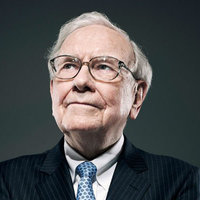
Boozt AB
STO:BOOZT

Boozt AB
Boozt AB engages in the operation of online fashion retail stores for men, women, and children. The company is headquartered in Malmo, Skane and currently employs 1,049 full-time employees. The company went IPO on 2017-05-31. The firm offers customized e-commerce software and services that create e-commerce platforms, namely Boozt.com and its mono-brand stores, that are fully hosted and managed. Its software includes Propilot, a Web shop management administration system that enables changes to Web shop content; Podium, a front end module which ensures optimized user experience for users on mobile devices; Fastlane, a warehouse management system (WMS) that runs fulfillment processes in warehouses and integrates them with distribution partners; CS Eye, a customer overview service; and Brand Portal, a business intelligence (BI) service suite. Its services include the development of an initial strategy, building an online shop, fulfilling orders, handling returns, running ongoing campaigns and acquiring and retaining customers.
Revenue: Boozt's Q2 revenue fell 3% to SEK 1.8 billion due to a 3% currency headwind, but was flat in local currency and broadly in line with previous guidance.
Booztlet Growth: Booztlet, the company's inventory clearance channel, grew revenue by 14%, helping to manage excess stock and mitigate inventory risk.
Boozt.com Decline: Boozt.com revenue dropped 6%, impacted by weak fashion demand and a deliberate reduction in promotional activity to protect brand value.
Margins: Adjusted EBIT margin declined to around 3.4%–3.5%, down about 1.5 percentage points year-on-year, mainly due to lower gross margin and higher marketing spend.
Cash Flow: Free cash flow more than doubled to SEK 186 million, supported by inventory clearance and repayment of previously overpaid customs duties.
Guidance: Guidance for 2025 was reaffirmed: net revenue growth of 0% to 6%, adjusted EBIT margin of 4.5% to 5.5%, and free cash flow of at least SEK 500 million.
Inventory: Inventory levels are now on par with last year, with excess spring/summer stock largely cleared.
Marketing: Marketing cost ratio rose to 11.5% due to offline campaigns, but is expected to drop in the second half as offline spend is reduced.


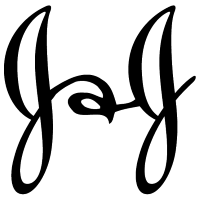
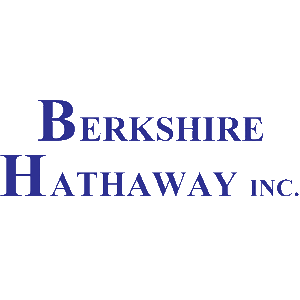
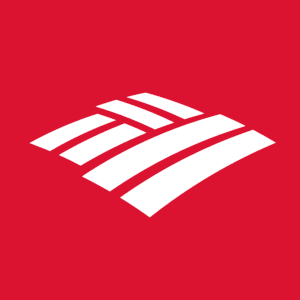

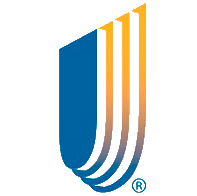
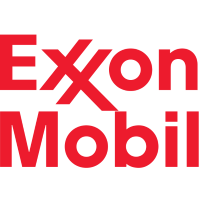
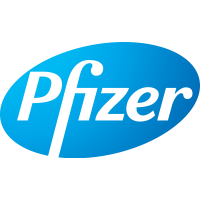
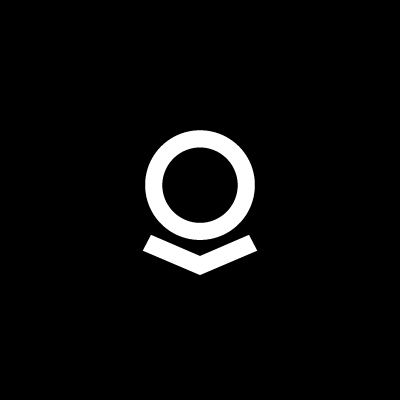

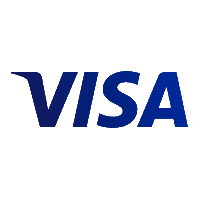


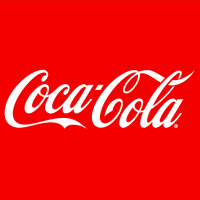
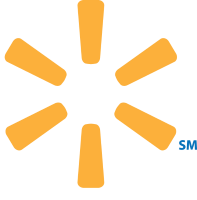






























 You don't have any saved screeners yet
You don't have any saved screeners yet
